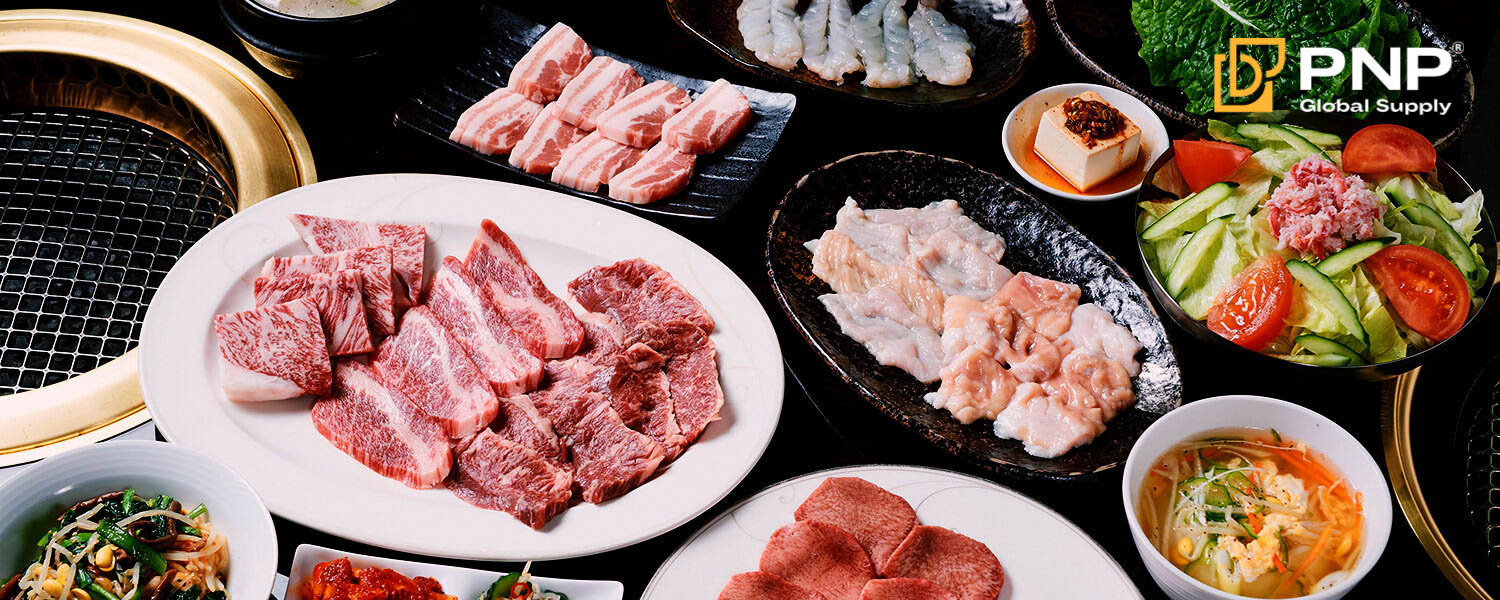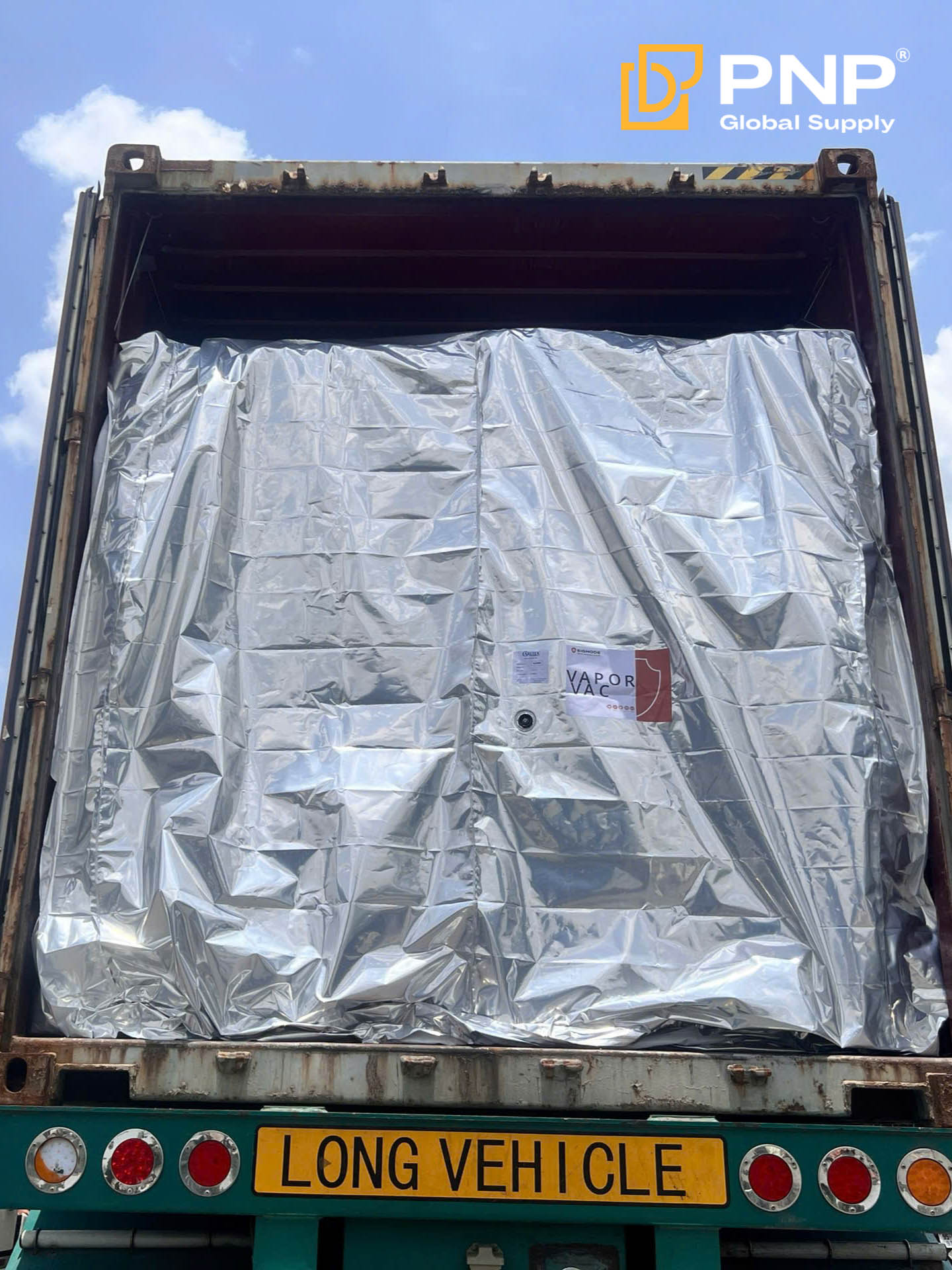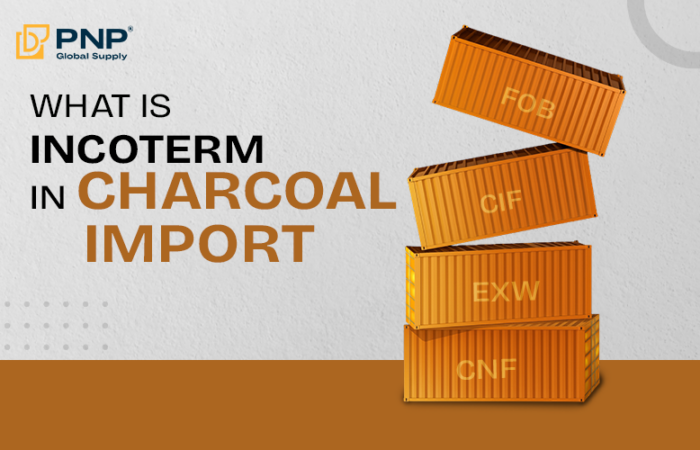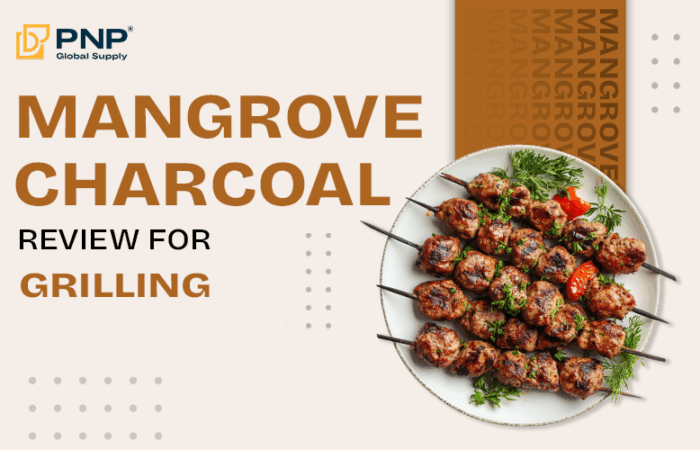In the world of traditional grilling, Japan stands out as one of the most discerning markets for quality fuel, particularly white charcoal, also known as binchotan charcoal. Revered for its clean burn, long-lasting heat, and virtually smokeless nature, white charcoal has become the gold standard for professional cooking in Japan.
As dining culture continues to evolve and premium BBQ experiences grow in popularity, Japan’s import volume of white charcoal has increased significantly. This presents a promising opportunity for charcoal manufacturers in Vietnam to strengthen their presence in one of the most lucrative fuel markets in the world.

Why Japan Relies on Imported White Charcoal
Although Japan is the origin of binchotan charcoal, the domestic production capacity is limited. Making binchotan the traditional way is time-consuming, labor-intensive, and expensive. Local Japanese producers typically serve niche or luxury segments, leaving a gap in the market that foreign exporters can fill.
As a result, Japan has been steadily increasing its imports of white charcoal to meet demand from restaurants, catering services, and even households. In fact, charcoal for restaurants has become one of the most consistent segments driving this demand. High-end yakiniku, robatayaki, and teppanyaki restaurants in Japan and abroad prefer binchotan charcoal for grilling due to its heat retention, purity, and ability to enhance food flavor without contamination from smoke or chemical odors.
This growing need has created an open window for producers with the capacity and commitment to meet Japanese standards — particularly those who can consistently export to Japan with high product quality and reliable logistics.
Estimating Japan’s White Charcoal Import Volume
Although Japan does not classify white charcoal (binchotan) under a separate import code, general trade data on wood charcoal provides a useful overview. According to the World Bank’s WITS database, Japan imported approximately 137,369 metric tons of wood charcoal in 2023, with a total value of over USD 128.8 million.
While this figure includes various charcoal types, industry experts estimate that white charcoal accounts for around 10–20% of Japan’s annual imports — roughly 13,000 to 27,000 metric tons. The exact volume may fluctuate based on seasonal demand (especially during the summer BBQ season), import regulations, and shipping costs. Still, Japan’s steady demand for clean-burning, high-quality charcoal makes it a promising and stable market for white charcoal suppliers.
Key supplier countries and their roles:
- Vietnam – Has emerged as a prominent exporter of white charcoal, benefiting from competitive pricing, rising quality standards, and access to dense tropical hardwoods such as longan, eucalyptus, mango, and rambutan. These species produce charcoal with high fixed carbon and minimal smoke—perfectly suited for the Japanese market.
- Indonesia and the Philippines – Major suppliers of general wood charcoal to Japan. While they offer large quantities, quality consistency can be an issue, especially for premium white charcoal applications.
- Thailand – Specializes in hardwood white charcoal, often targeting niche and premium segments. Thai binchōtan is appreciated for its uniform burn and high heat output.
- Japan (domestic) – Produces a small quantity of traditional white charcoal (notably from Wakayama), primarily reserved for luxury restaurants and tea ceremony markets due to its exceptional purity and high price.
In summary, although exact white charcoal figures are not disaggregated in customs databases, both import records and market estimates highlight Japan as a key consumer in Asia. The country’s preference for dense, high-carbon charcoal continues to fuel imports from Southeast Asia—especially Vietnam, which is steadily becoming the top-choice supplier in this niche category.
Binchotan Charcoal: What Makes It Special?
Binchotan charcoal is not your average fuel. Originating in the Kishu region of Japan, it is made by carbonizing hardwoods at extremely high temperatures, then rapidly cooling them to lock in carbon. The result is a hard, glass-like charcoal that:
- Burns at stable, high temperatures (up to 1000°C)
- Produces minimal smoke and odor
- Has long burn times — up to 4-5 hours depending on size
- Is chemically inert, so it doesn’t affect food flavor
- Leaves minimal ash residue, simplifying clean-up
These features make it ideal for both professional and high-end home cooking, explaining its widespread use in Japanese restaurants. For this reason, many chefs will accept no substitute when it comes to charcoal for restaurants — and they’re willing to pay premium prices for authentic binchotan charcoal for grilling.

Requirements for Exporting White Charcoal to Japan
To successfully export to Japan, manufacturers must meet strict product and documentation standards. Japanese buyers demand consistency, safety, and attention to detail at every stage.
Core Product Requirements:
- Fixed carbon content of at least 80%
- Low moisture content, ideally under 5%, to avoid poor ignition
- Low ash content, under 3%, for clean cooking
- Uniform shape and hardness, to ensure stacking and consistent burn
- Free of mold, contaminants, or unpleasant odors
Packaging and Logistics:
- Strong, moisture-resistant charcoal packages (e.g., 5kg, 10kg, 15kg kraft bags or cartons)
- Clearly labeled product info: origin, weight, production batch, HS code, export company
- Vacuum sealing or inner plastic liners for longer storage life
- Heat-treated wooden pallets and fumigation certificates for container shipments
Some Japanese clients also request barcodes, instructions in Japanese, and eco-labels on packaging. The better your packaging and presentation, the higher the perceived value of the charcoal — especially in retail or boutique restaurant supply.

Opportunities and Challenges for Vietnamese Charcoal Exporters
Opportunities:
- Rising BBQ trends across Japan, including Korean-style and Western-style grilling
- Growing demand for eco-friendly charcoal over chemical alternatives
- Stable, long-term relationships with Japanese buyers once quality is proven
- High price margins compared to domestic or regional markets
Challenges:
- High competition from neighboring countries
- Strict inspection procedures before import clearance
- Consistency requirements in burn time, carbon level, and shape
- Potential delays due to shipping constraints or documentation errors
Vietnamese businesses that can overcome these challenges through process optimization and customer service stand to gain significantly.
How to Build a Sustainable Export Model for Japan
To thrive in the Japanese white charcoal market, charcoal exporters should develop long-term strategies focused on quality, transparency, and adaptability.
Here are a few key steps:
- Invest in production quality: Kiln upgrades, moisture control, and staff training
- Understand Japanese business culture: Honor contracts, maintain timelines, communicate clearly
- Optimize packaging design: Clean, minimalist visuals with clear labeling in Japanese
- Offer consistent supply: Japanese buyers value reliability over volume
- Attend trade expos: Such as FOODEX Japan or Japan BBQ Festival to connect with buyers
It’s also important to develop a strong online presence, including Japanese-language catalogs and websites that highlight your white charcoal offerings.
Preferred Charcoal Packages in Japan
Japanese importers and restaurants have very specific packaging preferences:
- 10kg–20kg cartons for restaurant supply and warehouse handling
- 5kg kraft paper bags for small restaurants or online retail
- 2kg premium boxes for department stores or gift sets
- Vacuum-sealed packs for high-end grilling charcoal
Presentation matters. Many Japanese customers perceive the packaging as an extension of product quality — clean, professional packaging signals attention to detail and trustworthiness.
Vietnam as Japan’s Key Binchotan Supplier
Vietnam is well-positioned to become Japan’s top white charcoal source in the coming years. With rising energy costs and environmental concerns, demand for sustainable, long-burning fuels like binchotan charcoal will likely remain strong.
Moreover, Vietnam’s natural resource base and skilled labor give it an edge in producing white charcoal with desirable qualities — high carbon, long burn time, low ash. When coupled with modern logistics and export procedures, this creates a winning formula for growth.
For charcoal manufacturers willing to meet Japan’s high expectations, and charcoal exporters who invest in long-term partnerships, the rewards can be significant — both in profit and global recognition.
Learn more about the process of importing white charcoal from Vietnam in the article below: How to Import White Charcoal from Vietnam?
Conclusion
Japan’s white charcoal market is a dynamic and rewarding space for well-prepared exporters. For Vietnam, the ability to export to Japan means more than just shipping containers — it means becoming part of a prestigious supply chain that values heritage, precision, and performance.
By prioritizing product quality, packaging integrity, and strong buyer relationships, Vietnamese charcoal exporters can cement their position in this high-value market. The time to act is now — as demand grows, those who move fast and smart will take the lead.
________________________________
Contact us for more information
Facebook: PNP Charcoal
Instagram: PNP Charcoal
Email: info@pnpglobalsupply.com




